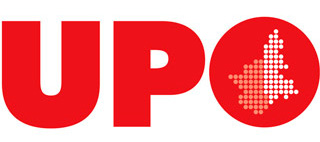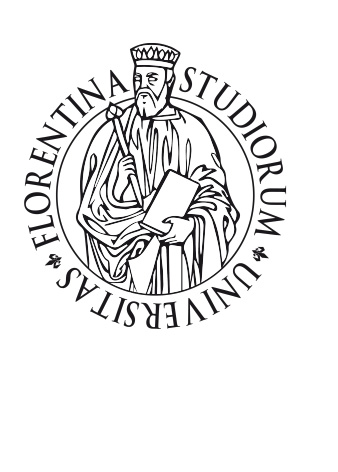Procedimenti per tintura dei tessili nel ms. 1939 della Biblioteca Statale di Lucca (XIV sec.)
Abstract
ABSTRACT: Ancora non pienamente esplorata, interpretata e valutata, la letteratura tecnica medioevale relativa alla tintura sembra offrire importanti, quanto necessarie, integrazioni nel confronto con altra documentazione già nota, pure fondamentale e basilare, per la ricostruzione del contesto storico delle tecniche tintoriali. Nella prospettiva appena delineata si propongono due brevi opere, approssimativamente databili, nella forma latina, tra la seconda metà del secolo XIII e il principio del XIV. Entrambe sono testimoniate in un manoscritto, il codice 1939 della Biblioteca Statale di Lucca. Alcuni elementi inducono a riflettere sulla possibilità che entrambe le sequenze di ricette possano derivare da testi particolari del mondo arabo-islamico. Si tratta di raccolte di istruzioni varie che sono difficili da inquadrare in un vero e proprio genere letterario e sono principalmente pertinenti alle pur varie, ed anche differenziate, attività dei Banū Sāsān: i mendicanti e girovaghi. La traduzione di queste opere introdusse nel mondo europeo saperi pratici e tradizioni di conoscenze che fino a quel momento erano rimaste ai margini della trasmissione scritta in lingua latina, ovvero della riflessione scientifica dell’occidente. Ovatta di cotone, seta selvatica, sono fibre che si aggiungono, in questi testi, alle più diffuse seta e lana. Procedimenti di tintura minerale e tintura vegetale rendono conto di prassi meno consuete rispetto a quelle tracciabili nelle fonti scritte legate agli ambienti corporativi delle maggiori città europee.
ABSTRACT: Still not fully explored, interpreted and evaluated, the medieval technical literature relating to dyeing seems to offer important, as necessary, additions in comparison with other already known documentation, also fundamental and basic, for the reconstruction of the historical context of dyeing techniques. In the perspective just outlined, two short works are proposed, roughly datable, in the Latin form, between the second half of the thirteenth century and the beginning of the fourteenth. Both are witnessed in a manuscript, the 1939 code of the Lucca State Library. Some elements lead us to reflect on the possibility that both sequences of recipes could derive from particular texts of the Arab-Islamic world. These are collections of various instructions that are difficult to classify in a real literary genre and are mainly pertinent to the albeit varied, and even differentiated, activities of the Banū Sāsān: the beggars and wanderers. The translation of these works introduced into the European world practical knowledge and traditions of knowledge that until then had remained on the margins of written transmission in Latin, and of Western scientific reflection. Cotton wadding, wild silk, are fibers that are added, in these texts, to the more widespread silk and wool. Mineral dyeing and vegetable dyeing processes account for less usual practices than those traceable in written sources linked to the guild environments of the major European cities.
Keyword
Full Text
PDFRefback
- Non ci sono refbacks, per ora.
Copyright (c) 2023 Medioevo Europeo

This work is licensed under a Creative Commons Attribution-ShareAlike 4.0 International License.


